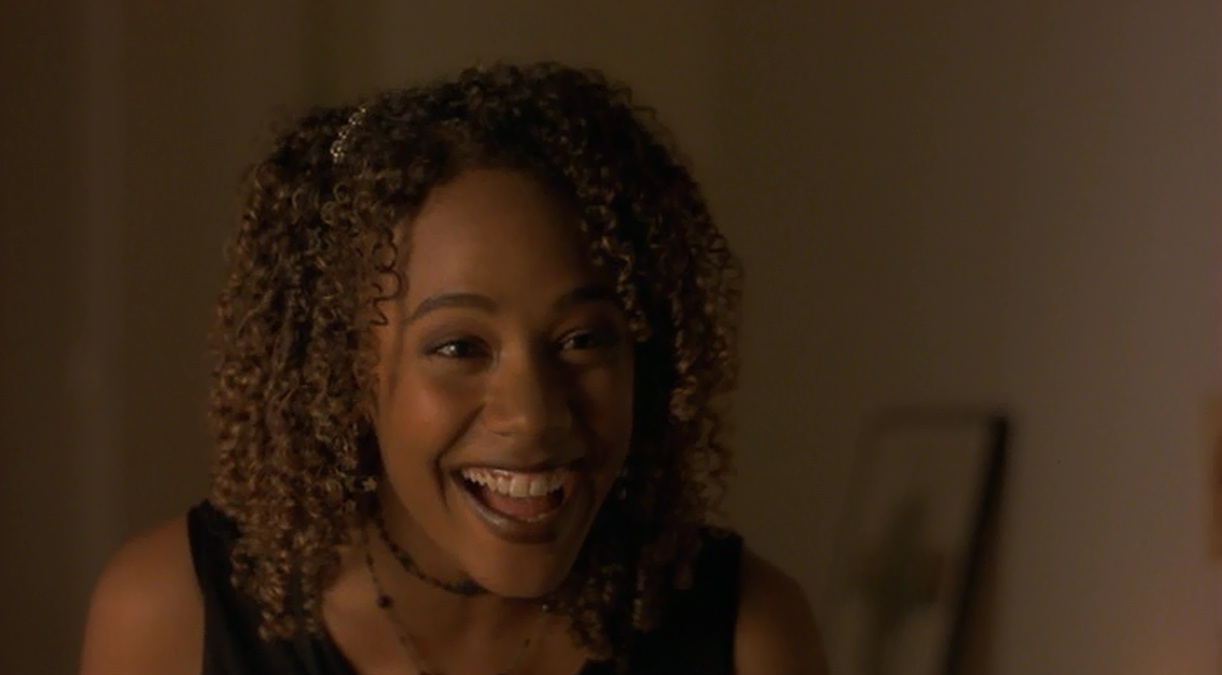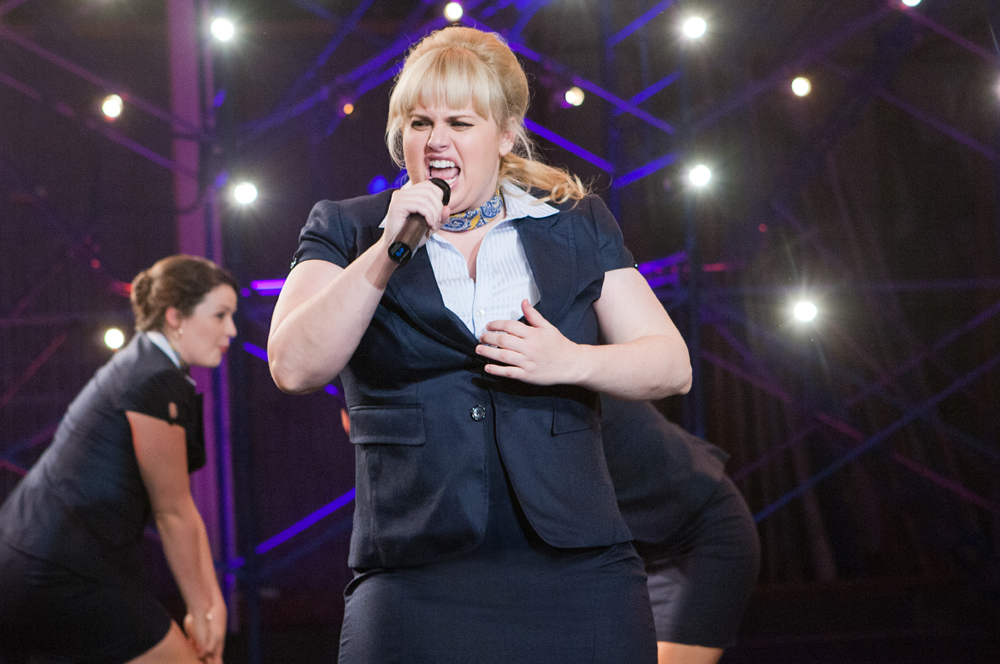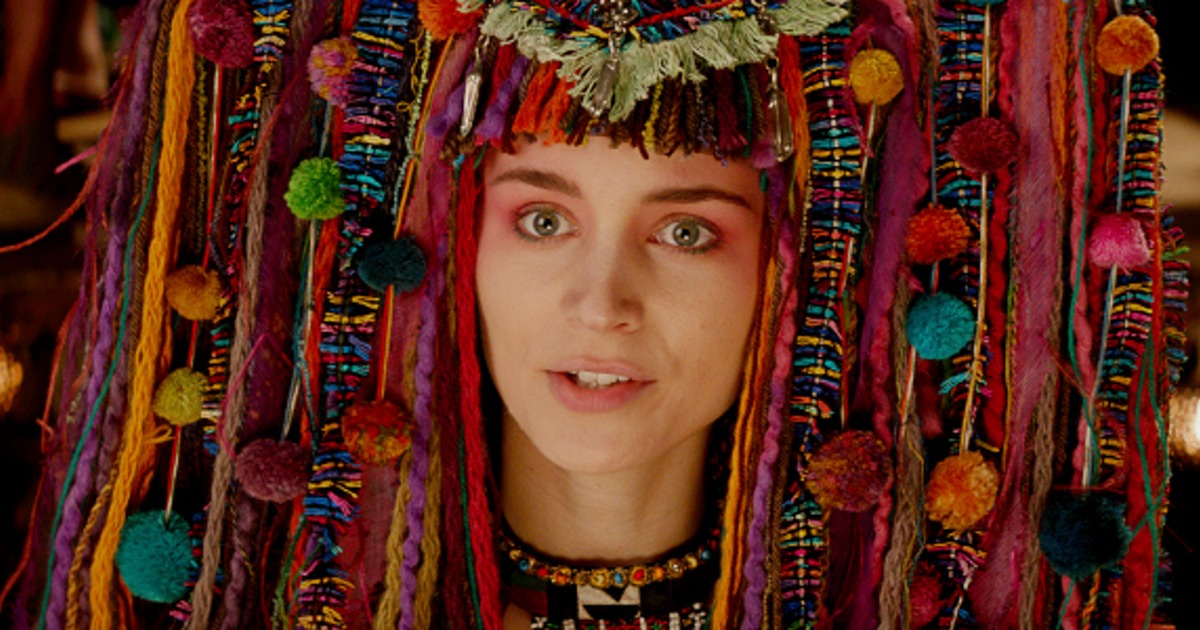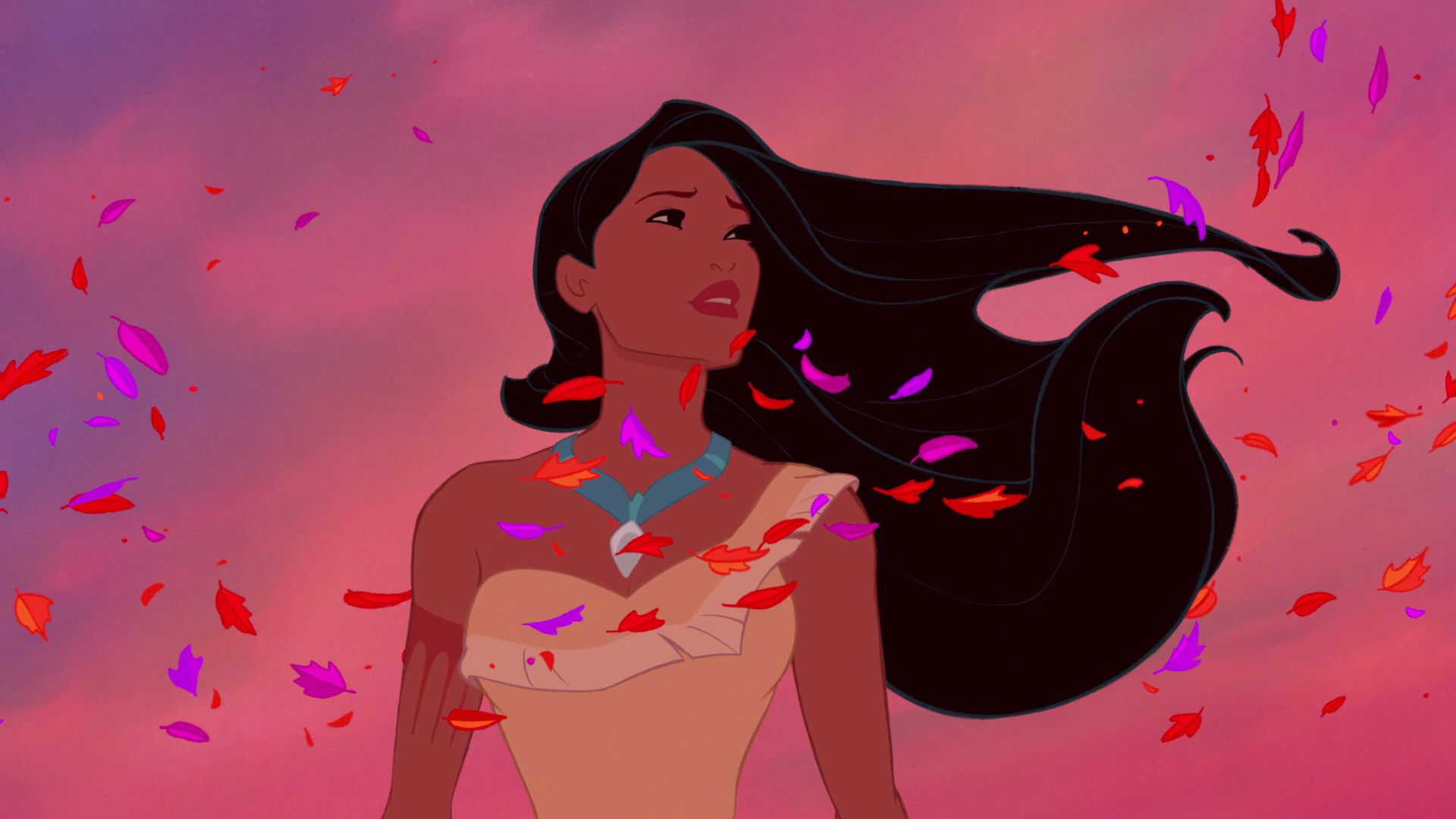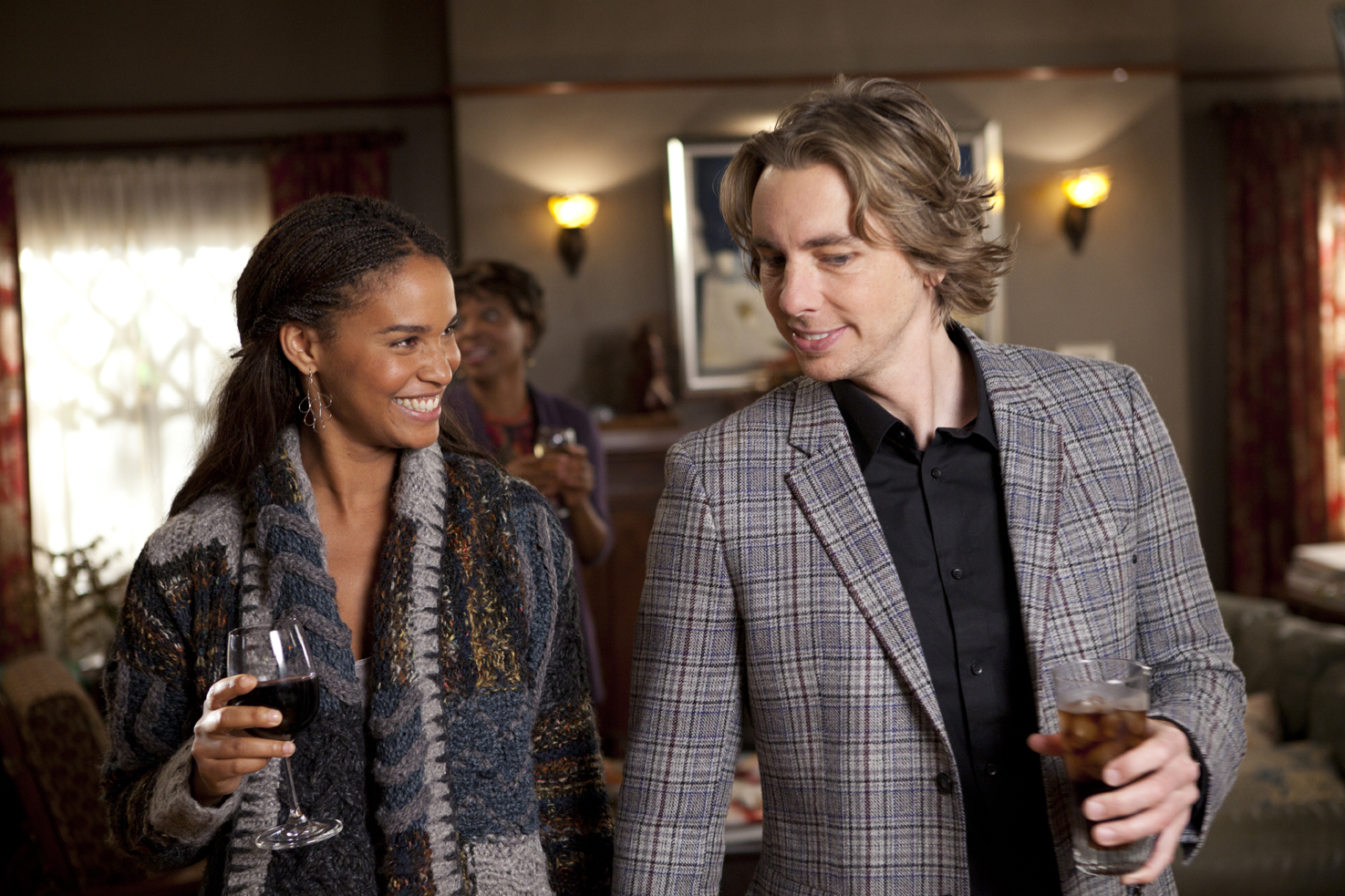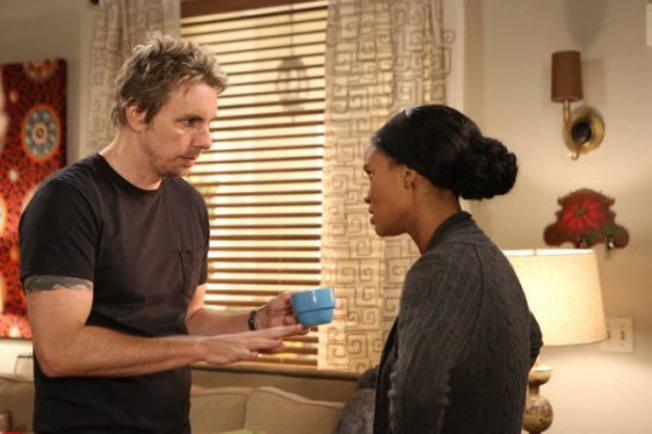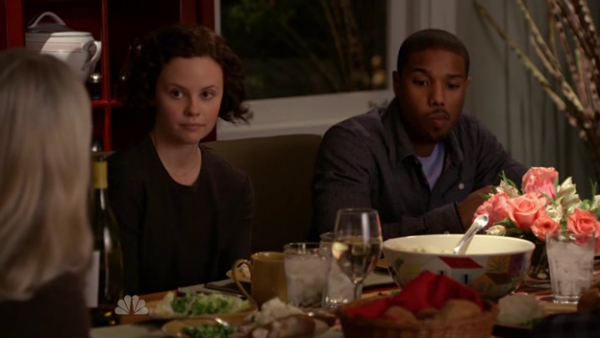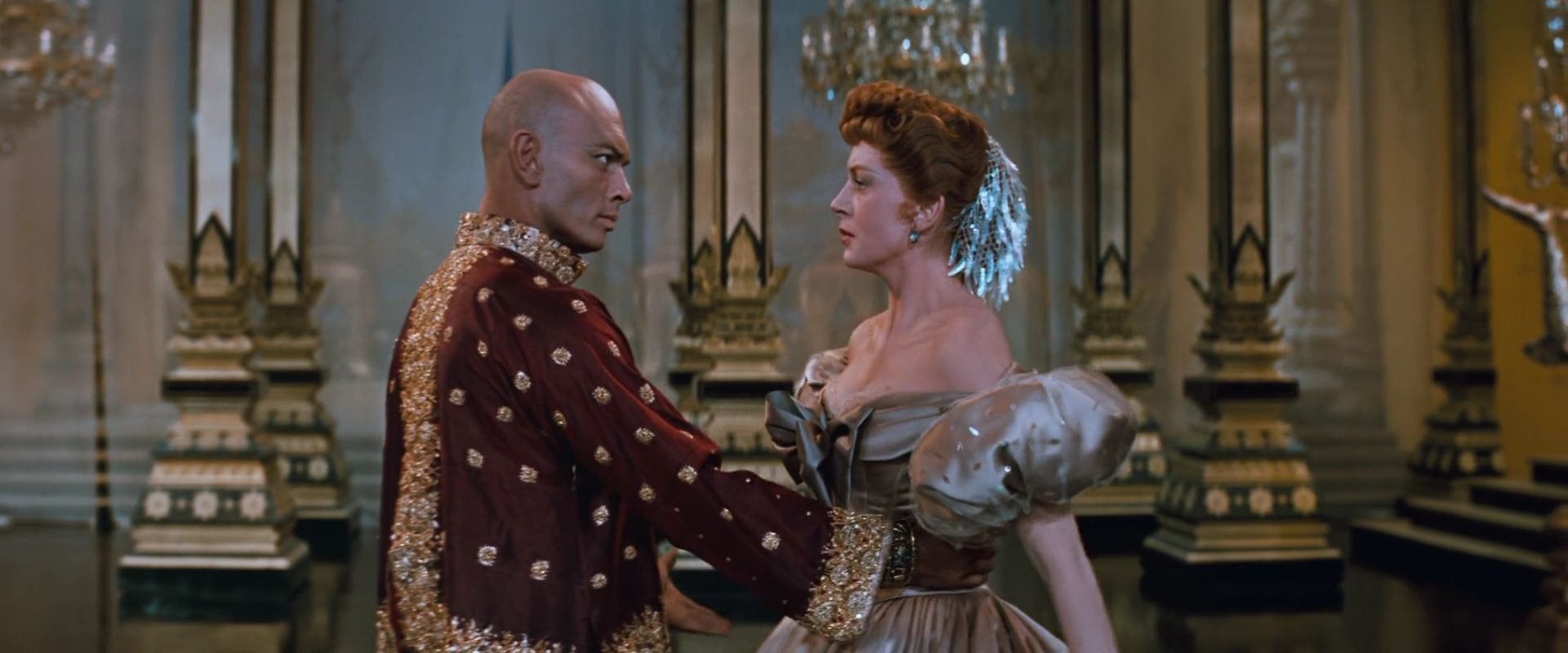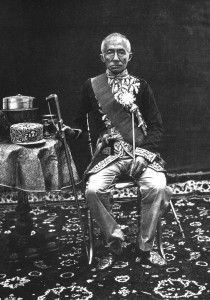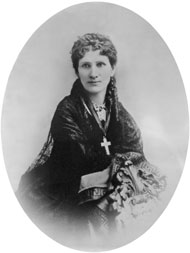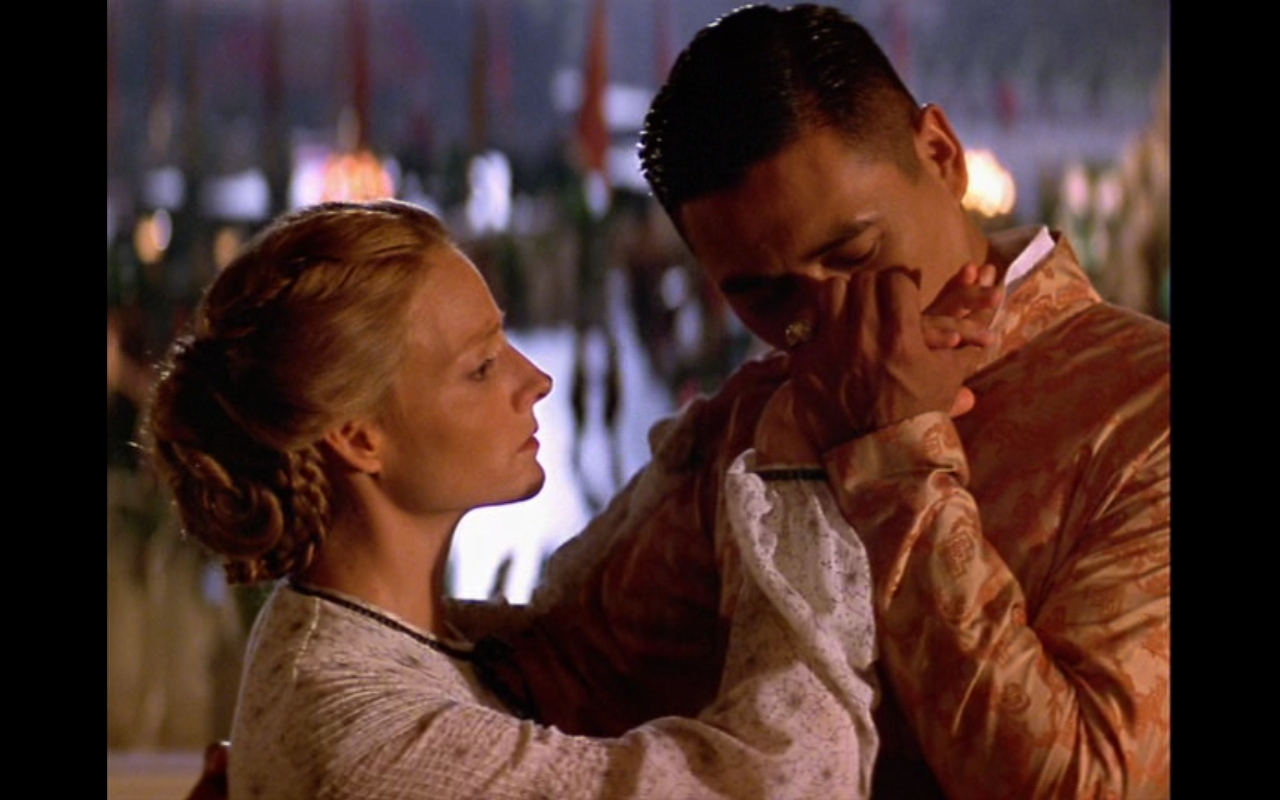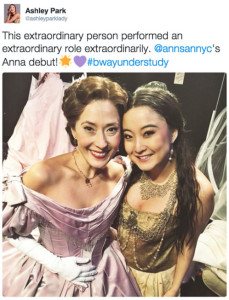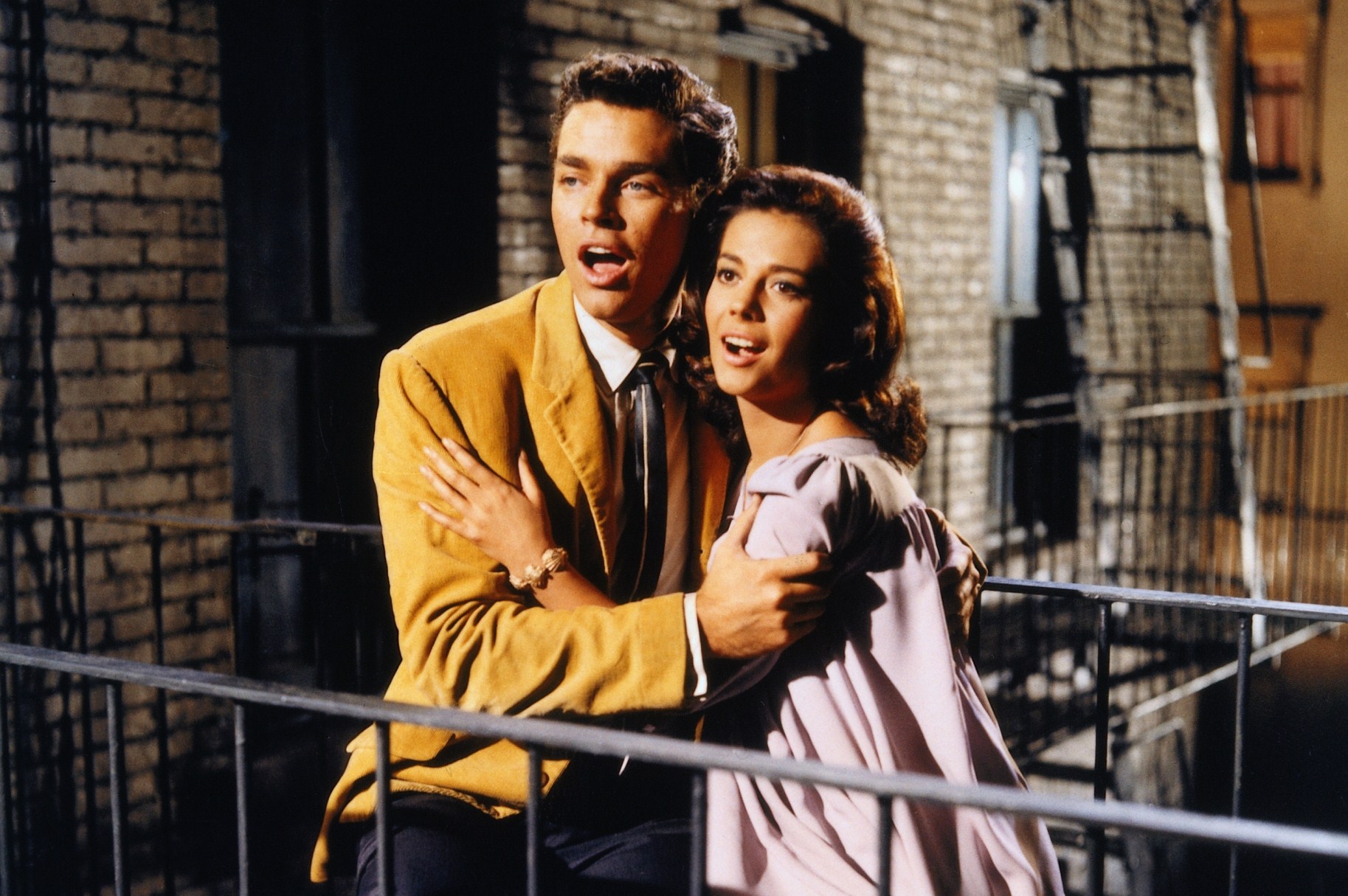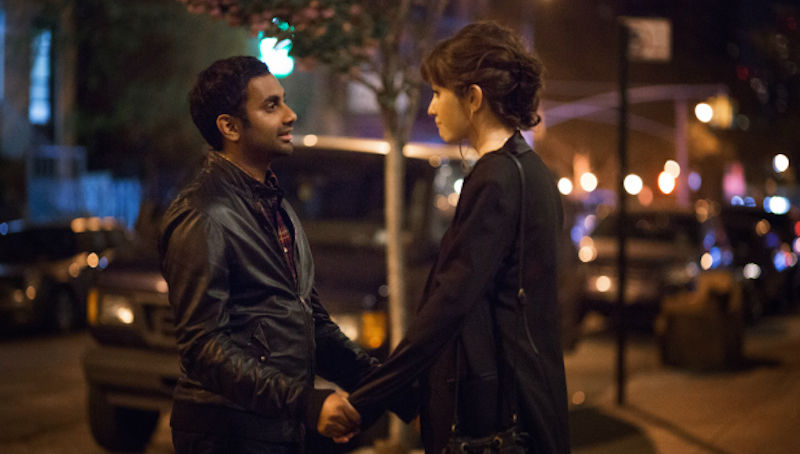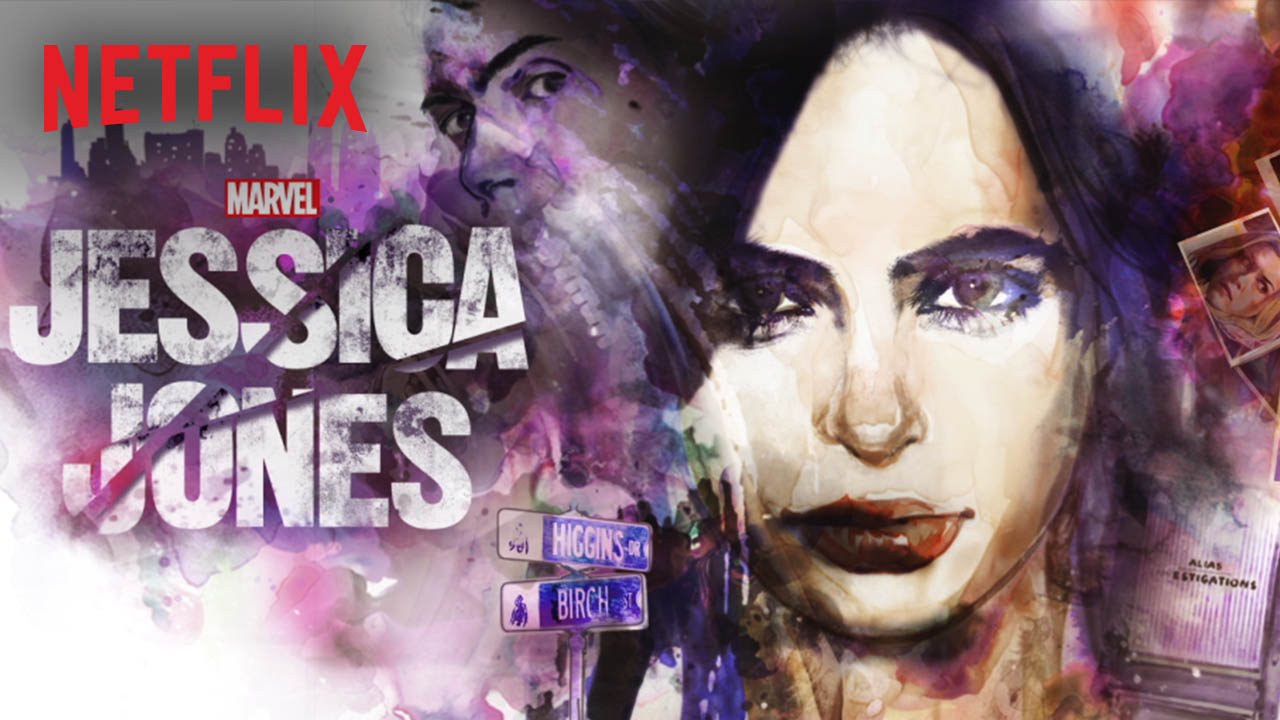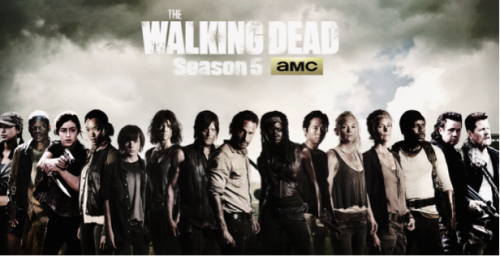This guest post written by Ashlee Blackwell originally appeared at Graveyard Shift Sisters and appears here as part of our theme week on Women in Horror. It is cross-posted with permission.
The Craft (1996) is a film that came out around the time I turned 13. A freshman in high school and firmly established as a minority within a minority in my predominantly white/European immigrant working-class suburb right outside of Philadelphia, Pennsylvania. It was a painful observation. I was constantly confronting microaggressions about what kind of Black person I was supposed to be, and wasn’t, from all of my peers. I was the weirdo. And I found myself socializing with other weirdos who were the pop culture nerds, especially those who liked genre films and TV (The X-Files and Buffy The Vampire Slayer consumed my life for many years) as much as I did.
But my racial difference only highlighted the rise of a reaction that one particular friend, in retrospect I realize wasn’t much of one, consistently searched for from me. As if my nerdiness, introvertedness and his incomprehension that I didn’t fit his concept of a Black person was a code to crack. It was twenty years ago and I still remember this high school hallway conversation all too vividly. He just had to tell me about the Black girl in this new movie called The Craft. And how Rochelle (the Black girl, played by Rachel True) was told by Laura Lizzie (Christine Taylor) after she bravely confronts her as the victim of Laura’s harassment that she doesn’t like “negroids.” Instead of being observantly taken aback, he dished this unwanted spoiler with delight and amusement. As if blatant racism, fictional or not, was something to laugh about.
I don’t know what I expected from a 13-year-old white guy. I don’t know why I even remained casually friendly with him. But I do remember not finding it as chuckle-inducing as he did. And I additionally remember my silence. Because I couldn’t quite find the words at such a young age so quickly, not to express being offended (I wasn’t), but to question why this particular scene I just had to know about, and maybe even reprimand his emotional immaturity and insensitivity.
It was one of those moments where I knew I would never fit in. Anywhere. I would always be the weirdo.
I don’t remember when I finally saw The Craft but when I did, Rochelle’s interactive scenes with the obtuse Laura cut deep. I was flustered and empathetic to a character that was virtually invisible to an entire school population outside of her small coven of comrades, unless to be the unchecked target of racist scorn. This made her experience even that more isolating in contrast to her white female counterparts who, if they did get that brief seat at the table, were promptly dismissed for their class, burn scars, and not performing for the teenage ‘good ‘ol boys’ club. The most glaring difference; Rochelle was never going to get that seat. Along with Sarah (Robin Tunney), Nancy (Fairuza Balk), and Bonnie (Neve Campbell), all making a pact to use the dark arts to channel their angst into empowerment.
Unfortunately, Rochelle’s score to settle was not explored and displayed enough with the emotional weight it carried. It was played as superficial comeuppance for Laura’s racial intolerance. A spell was cast on her to lose what we are to assume was one of Laura’s most cherished assets and core of self-worth; her hair. But it is interesting how her straight, blonde locks were a symbol in itself of an idealized status of social capital, supposed racial superiority, and prosperity. It is interesting how Rochelle makes a sweeping statement, one so quick, sneaky, and easily missed, amongst her friends about a spell to “make me blonde.” I picked up on that 20 years ago and it’s still so apparent to the damage that these experiences inflict on women of color. These are the pieces to Rochelle we could never fully put together because the entire mold was never assembled. What’s missing is much more than The Craft could explore in its run time. And that’s more than just unfortunate.
The movie for many sparked the thirst to explore the deep intersections of the weirdo. Rochelle was the social outcast with the other handful of social outcasts of St. Bernard Academy, sure. But how do we cinematize the Black girl outcast teenager that many of us felt like? That just so happens to be a practicing witch?
Much of what can be read of Rochelle relies heavily on those of us whom she meant so much to. What kinds of conversations did young Black girls have back in 1996 and are having now about the importance of her presence in a film that at least, didn’t blend her in colorblind rhetoric? How did many us find camaraderie, empathy, and imagination in Rochelle’s broader, unseen story?
It’s been a welcomed challenge to do some unpacking and keep the discourse on Rochelle circulating. The Craft is timeless by the strength of the performances and themes. What the film conveys are ideas we carry well into adulthood, never dismissing their importance in our personal growth.
On the surface, it doesn’t necessarily do Rochelle any good for arc’s sake to supernaturally one-up the Mean Girl factor in objection to the popular Blonde girl’s accepted racist attitude, but it does bring an awareness to that other dynamic of being the wierdo — of how there are those who work to shame difference simply on the basis of skin color alone. Why is Rochelle reprimanded for, for some, being the enactor, the catharsis, of every brown teenaged girl who’s had to deal with racism and not exactly know how to combat it at such a tender age?
When True herself sat down with HitFix in May 2016, she discusses the idea that Rochelle and The Craft offered audiences in 1996 an alternative to the kind of Black characters and stories signified as Black that were being greenlit by film studios. Lamenting the fact that the scene with Rochelle’s parents was cut and her motivation for next-level witchcraft mastery was combating racial discrimination, she seemed determined to bring her very best to the material she was given. And it shows. Rachel’s government name alone sparks so many good memories for so many people. She’s proven to be a versatile actress that you’re constantly ready to embrace what she does next. Her presence in The Craft has left an indelible imprint.
Ashlee Blackwell is the founder and managing editor of Graveyard Shift Sisters, a website dedicated to highlighting the work of women of color in the horror and science fiction genres. She holds a MA in Liberal Arts from Temple University and aspires to bring intersectional horror into the college classroom.
